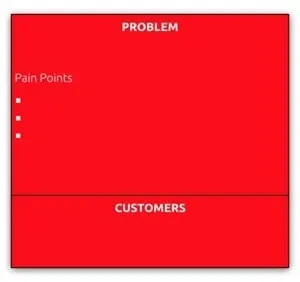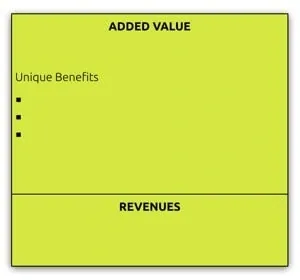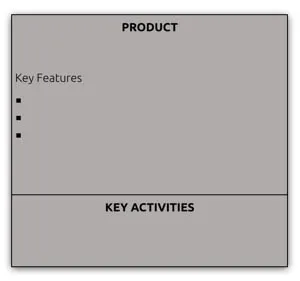Two weeks in Shanghai working with dozens of MBA students holding managerial and executive positions in various industries always ground me back to the basics of business. One of the most basic questioning that managers, innovators, or would-be entrepreneurs are asked is: can you explain your business? The answer is always a mess.
And alternatively, if their business has already been up and running for many years, the question becomes a very direct: is your business any good? Interestingly enough, both questions imply that the one asking has enough business acumen to understand that the current market valuation of the company, the PNL analysis, or the business plan for the future don’t provide a meaningful answer.
The most effective way to get a solid answer to one of these questions is to explain your business model. This should be a powerful, straightforward answer. Answer properly and we’ll be able to read through the usual bullshit and get to the core of your business.
This is how you should do it, in three simple steps with a conclusion that should be self-explanatory:
(1) What is the problem that you solve for your customers? Explain the ‘aha’ moment when you really got the market problem for the first time.

(2) How do you solve the market problem better than the rest of the competitors? Pinpoint the key benefit you transfer to your customers and how you price it.

(3) What are the design choices you made in that regard to build the most efficient product? Indicate the killer feature you’ve built and how you’ll sustain a competitive advantage.

Through these three set of question, you should also be able to express what kind culture will push this business through and if doing so, you’re growing a process-, customer- or future-driven.

See? Easy-peasy.
Well, the tools you’re using to structure an answer and follow a focused heuristic to design a business… they should be kept as simple as possible. Because the bloody complexity of actually designing and delivering such business will remain whole.
And this is where many businesses, managers, and executives are misled. Whether they are led to use uber-complex tools for months that make them feel smart enough to think they now bend reality in a magical quadrant; or they play with Post-Its for a whole afternoon and believe that a business canvas is such a breakthrough insight in business, that it’s enough. Dealing with business complexity is hard enough and will always remain, there’s is no magical way out of it. Just don’t use tools that would lead you to forget that.
As far as we are concerned, we always trusted business tools when they are like weapons: simple enough for a 12 years old to understand how to use them; complex enough on what they will deliver not to allow a 12 years old even near them.

